Top 10 Extraordinary Talents
Astonishing Animal Abilities

The animal realm is replete with unique species boasting exceptional skills that sometimes leave us in amazement. From the smallest insects to the greatest mammals, animals have developed extraordinary talents to live and prosper in their individual habitats. In this post, we will investigate 10 astounding animal skills, shining light on the interesting capabilities that make them genuinely special.
1.Ants: Super Strength
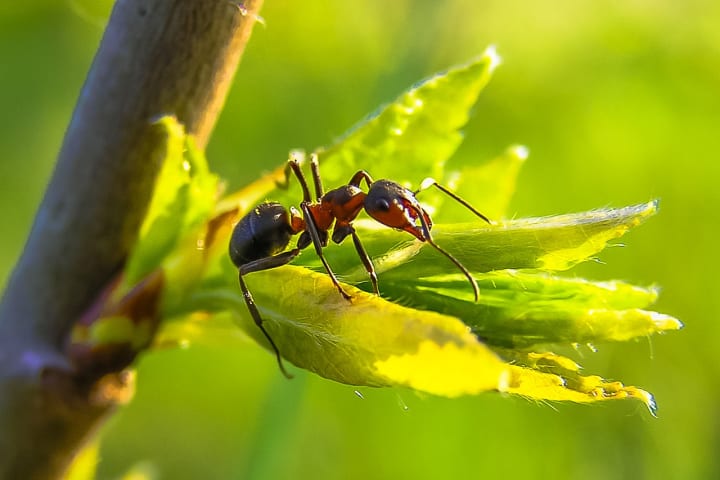
Despite their diminutive size, ants exhibit remarkable strength. These hardworking insects can lift items several times their own body weight, due to their unusual muscular structure that enables them to exert a force significantly higher than predicted.
• Size-to-strength ratio: Ants are relatively little species, yet their strength is disproportionately greater compared to their body size. This is due to their muscular system being especially suited for producing enormous power.
• Exoskeleton support: Ants have a strong exoskeleton that offers structural support and helps them to distribute the weight of the things they carry more effectively. This property allows them to carry high weights without crumbling under the strain.
• Muscle structure: Ants possess specific muscles that are structured in a manner that enhances their strength. These muscles are capable of contracting with high energy, allowing ants to exert incredible strength in proportion to their size.
• Recruitment of worker ants: Ants typically work cooperatively, establishing vast groups to execute tasks effectively. When presented with a hefty item, ants communicate and coordinate their attempts to recruit new workers, thereby dispersing the burden and making it simpler to carry.
• Powerful jaws: Many ant species have powerful mandibles, or jaws, which enable them to grip and cling onto items firmly. This grasping ability increases to their total strength while lifting and moving goods.
• Adhesive secretions: Some ant species create adhesive secretions from specific glands. These secretions help them stick to surfaces and strengthen their grip while hauling items, further improving their strength.
• Efficient body mechanics: Ants have developed efficient body mechanics for lifting and transporting items. They utilise their legs, mandibles, and bodies in a synchronised way to distribute the burden equally and reduce strain.
• Adaptations for load-bearing: Certain ant species have anatomical adaptations that help in load-bearing. For example, weaver ants have a specialized device called the "gaster" that works as a backpack, enabling them to carry enormous prey or construction materials.
• Endurance: Ants have exceptional endurance levels, which add to their strength. They can carry enormous weights for lengthy periods without tiring, because to their excellent energy usage and the collaborative effort of worker ants.
• Evolutionary advantage: The tremendous strength of ants provides them with a substantial evolutionary advantage. It lets them to build sophisticated nests, carry food effectively, defend their colonies, and flourish in varied conditions, making them exceptionally successful and robust insects.
2.Dolphins: Echolocation

Dolphins are recognised for their outstanding echolocation ability. Through emitting clicks and interpreting the subsequent echoes, they construct mental maps of their environment. This extraordinary talent helps them explore the seas, seek prey, and communicate with other members of their pod.
• Click production: Dolphins create a sequence of clicks by pushing air through their nasal passages. These clicks are very directed and released by the dolphin's melon, a unique organ on its forehead. The clicks are generally high-frequency and may reach levels of up to 200 dB.
• Echo reception: After generating clicks, dolphins listen for the echoes that bounce off things in their area. These echoes carry vital information regarding the position, distance, and features of the objects. Dolphins have specific structures in their lower jaw called the mandibular fat bodies, which assist receive and transfer sound waves to their inner ears.
• Sound interpretation: Dolphins have highly evolved hearing systems that enable them to comprehend and understand the echoes they receive. Their brains contain specialized areas devoted to interpreting acoustic information, allowing them to construct sophisticated mental maps of their environment based on sound signals.
• Navigation and obstacle detection: Echolocation helps dolphins to move across their maritime surroundings with astonishing accuracy. By recognising the echoes from adjacent objects such as reefs, boulders, or other marine life, they can avoid obstacles and travel through complicated underwater settings successfully.
• Prey detection and hunting: Dolphins utilise echolocation to identify and track their prey, which commonly comprises fish and squid. By hearing the echoes reflecting back from prospective food sources, they can precisely estimate their position and swim towards them. This talent offers dolphins a major edge while foraging and helps them acquire their next meal.
Overall, echolocation plays a key part in the everyday lives of dolphins. It permits them to see and interact with their surroundings in ways that are beyond human understanding. This incredible aptitude has helped dolphins adapt and survive in the vast and diverse waters they call home.
3.Elephants: Exceptional Memory

Elephants have exceptional long-term memory capacity. They can remember complicated social interactions, identify people they have met years before, and recall the locations of water sources and food supplies, helping them to thrive in tough circumstances.
• Long-term memory: Elephants possess an outstanding long-term memory that enables them to recall people and complicated social ties for many years. This capacity helps them identify family members, create and sustain social relationships, and traverse their complicated social system.
• Spatial memory: Elephants have an outstanding spatial memory, allowing them to recall the locations of essential resources such as water sources and food supplies. They can remember precise routes and pathways, even across vast and shifting terrain, facilitating their survival in tough conditions.
• Emotional memory: Elephants are known to have powerful emotional memories. They may recall and respond to earlier experiences, including as encounters with predators or traumatic occurrences. This memory helps them avoid risky circumstances and make educated choices to defend themselves and their community.
• Recognition of individuals: Elephants have the capacity to identify and recall specific elephants they have met, even after lengthy periods of absence. This memory plays a critical role in their social interactions, helping them to distinguish friends, family members, and possible dangers within their intricate social networks.
• Cultural memory: Elephants also possess a sort of cultural memory, where information and behaviors are handed down through generations. They learn from older members in their group, acquiring information about migratory routes, foraging skills, and survival strategies. This cultural memory helps to the durability and adaptation of elephant populations.
4.Honeybees: Advanced Communication
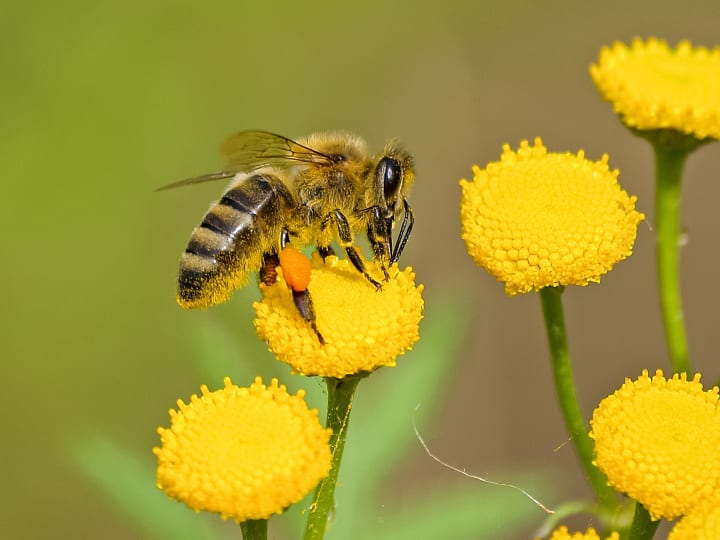
Honeybees have a sophisticated communication system based on "dance language." They execute a waggle dance to transmit the distance, direction, and quality of a food supply to other members of the hive. This intricate dance enables them to convey crucial information and coordinate foraging attempts.
• Waggle dance: Honeybees employ a unique communication mechanism known as the "waggle dance." This dance incorporates precise motions and patterns to send information about the distance, direction, and quality of a food source to other bees in the hive.
• Distance communication: The length and pace of the waggle dance communicate information about the distance to the food source. Bees judge the length of the dance to estimate the distance, enabling them to decide how far they need to travel to obtain the meal.
• Direction communication: The angle of the waggle dance in reference to the vertical position of the honeycomb indicates the direction of the food source. Bees analyse this angle and orient their flight route appropriately, travelling towards the stated direction.
• Quality communication: The intensity and activity of the waggle dance offer information about the quality of the food supply. Bees judge the passion of the dancer to gauge the appeal and availability of the meal, helping them prioritize their foraging efforts.
• Scent and vibration communication: Honeybees also communicate via pheromones and vibrations. They produce specialised odours and send vibrations across the honeycomb to communicate danger, lead hive members to food sources, or coordinate collective behaviours like as swarming or defense.
5.Octopuses: Camouflage and Shape-Shifting

Octopuses are masters of disguise, capable of altering their skin color, texture, and pattern to mix flawlessly with their environment. They accomplish this incredible camouflage using specialized pigment cells called chromatophores, giving them the capacity to fade from sight in an instant.
• Chromatophores: Octopuses contain specialized cells called chromatophores in their skin. These cells contain pigments that may be stretched or constricted, enabling the octopus to alter its skin color swiftly. Each chromatophore is regulated by muscles, allowing the octopus to modify its look with astonishing accuracy.
• Rapid color change: Octopuses may alter their skin color in a couple of milliseconds. By extending or contracting the chromatophores, they may generate a broad spectrum of colors, including red, brown, yellow, and even iridescent colours. This quick color shift helps them to match the hue of their surroundings and integrate effortlessly into the environment.
• Texture adaptation: In addition to altering color, octopuses may modify the texture of their skin. Specialized muscles called papillae allow them to raise lumps, ridges, or spiky projections on their skin, simulating the texture of rocks, corals, or other items in their environment. This textural alteration further increases their concealment and renders them practically indistinguishable from their environment.
• Background matching: Octopuses have an outstanding capacity to match the color and pattern of their environment. They can modify their skin to match the precise colours, forms, and even detailed patterns of adjacent things, like as sand, algae, or even the texture of a certain rock. This backdrop matching helps them to fade from sight and stay nearly undetectable to predators and prey.
• Disruptive patterns: Octopuses adopt disruptive colouring to break up their body structure and confound predators. By developing contrasting patterns, stripes, or spots on their skin, they may disguise their real appearance and make it hard for predators to distinguish them as a different creature. This disruptive colouring helps them elude discovery and offers an extra layer of protection.
Overall, the camouflage and shape-shifting skills of octopuses are outstanding. Through the manipulation of chromatophores, quick color change, texture adaptation, backdrop matching, and disruptive patterns, they may shift their appearance to integrate perfectly with their environment. This extraordinary camouflage not only lets them to hide from predators but also assists in their hunting techniques, making them very effective predators in the marine ecology.
6.Cheetahs: Incredible Speed
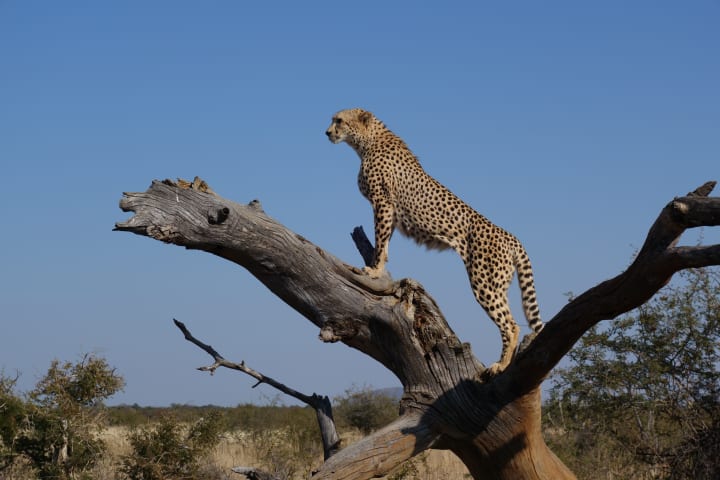
Cheetahs are the acme of speed in the animal realm. With their sleek bodies, lightweight structure, and flexible spines, they can attain speeds of up to 70 miles per hour (113 kilometers per hour). This amazing mobility assists them in hunting fast-moving prey on the African savannah.
• physique structure: Cheetahs have a slim and streamlined physique, particularly developed for speed. Their lightweight structure eliminates resistance and drag, enabling them to move fast across their surroundings. Their long, powerful legs and flexible spine allow a broad range of motion, permitting quick acceleration and nimble motions.
• Large nasal passages: Cheetahs have expanded nasal passages and lungs, enabling for effective oxygen absorption during high-speed chases. This enhanced oxygen supply helps feed energy to their muscles, allowing them to sustain their remarkable speed for brief spurts.
• Long stride and strong leg muscles: Cheetahs have an extraordinarily long stride, spanning up to 23 feet (7 meters) in a single step. Their enormous leg muscles, especially the huge gluteal muscles, provide explosive propulsion, pushing them forward with incredible force.
• Flexible spine and muscular tail: Cheetahs feature a very flexible spine and a long, muscular tail that works as a rudder. This flexibility and tail control allow them maintain balance, perform fast bends, and change directions quickly when sprinting at great speeds.
• Adaptations for traction: Cheetahs have specific adaptations in their paws to promote traction. Their claws are only partly retractable, creating a grip akin to that of cleats. The pads of their feet contain a large concentration of sweat glands, which assist them retain grip on the ground, particularly during fast spins or quick stops.
These unique physical traits and adaptations make cheetahs the fastest terrestrial animals on Earth. Their amazing speed is vital for effective hunting, since they depend on their ability to rapidly approach and catch speedy prey, such as gazelles or impalas, on the wide grasslands of Africa.
7.Pigeons: Extraordinary Navigation Skills
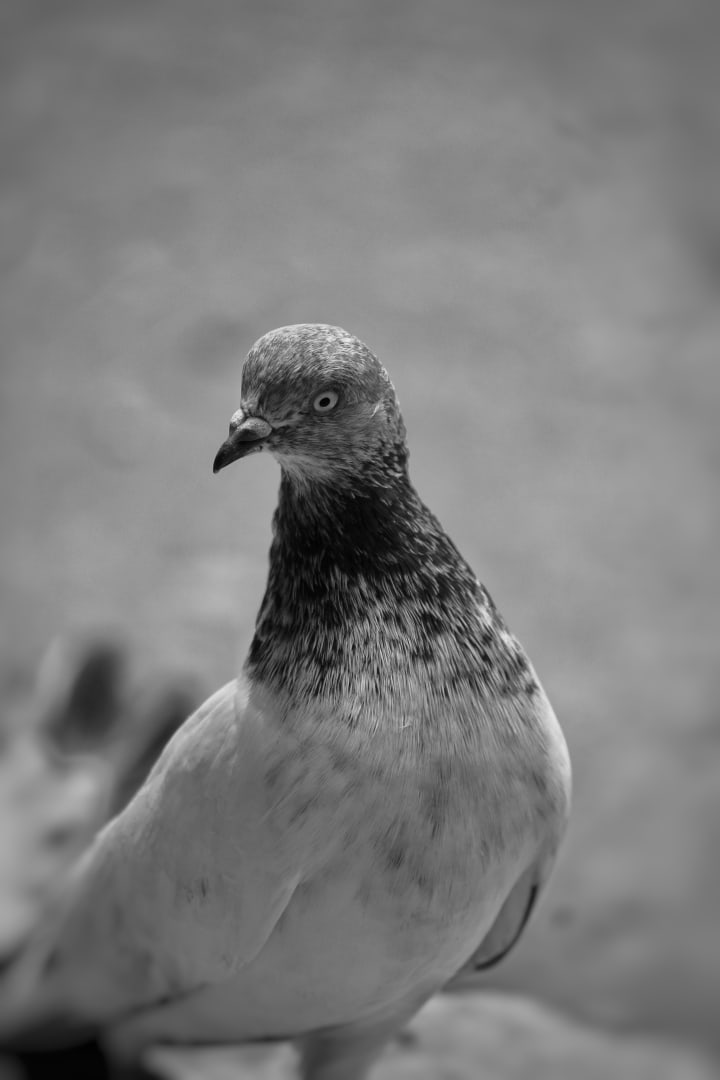
Pigeons have an intrinsic capacity to travel across huge distances. Even when released far from their nest, these birds can find their way back utilising a variety of talents, including an outstanding sense of direction, the Earth's magnetic field, visual landmarks, and even their smell senses.
• Sense of direction: Pigeons possess a great sense of direction that enables them to identify their location relative to their goal. This natural aptitude lets them keep a steady direction and navigate successfully over vast distances.
• Earth's magnetic field: Pigeons have magnetoreception, meaning they can detect and navigate using the Earth's magnetic field. They have microscopic iron-containing structures in their beaks that may help them receive and interpret magnetic signals, giving them with a compass-like sense of direction.
• Visual landmarks: Pigeons have good visual recall and can detect and remember crucial features along their flight route. They utilise conspicuous landmarks such as mountains, rivers, coastlines, or buildings as visual clues to assist orient themselves and keep their route.
• Sun compass orientation: Pigeons can also navigate using the location of the sun. They have the capacity to detect and comprehend the angle and intensity of sunlight, enabling them to utilise the sun as a reference point to maintain a precise orientation.
• Olfactory signals: Pigeons have a good sense of smell and may utilise olfactory clues to navigate. They are able to identify and recall distinct scents linked with their home or familiar sites, enabling them in finding their way back across great distances.
• Inherited knowledge: Pigeons inherit navigational talents from their parents and forebears. They have a natural tendency for navigation and may depend on ancestral wisdom handed down through generations, which helps them automatically navigate and find their way back home.
• Environmental cues: Pigeons are sensitive to environmental elements such as air currents, atmospheric pressure, and weather patterns. They may exploit these signals to modify their flight route and adapt for changes in wind direction or weather conditions.
• Homing impulse: Pigeons have a strong homing instinct, which pushes them to return to their home or breeding location. This natural tendency, along with their navigational ability, allows them to conduct lengthy and difficult treks while safely returning to their place of origin.
• GPS-like mapping abilities: Pigeons are considered to possess a mental map of their environment. They can combine different sensory signals, including visual landmarks, magnetic fields, and olfactory information, to develop an internal image of their flight route and properly navigate back to their home area.
• Training and reinforcement: Pigeons may be taught to strengthen their navigational ability. Through repeated releases from various sites and positive reinforcement, pigeons may become even more skilled at navigating and finding their way back home.
In summary, pigeons' remarkable navigation capabilities are a consequence of a mix of intrinsic talents, contextual clues, and taught actions. Their remarkable sense of direction, magnetic sensitivity, visual and olfactory recall, and hereditary knowledge allow them to go on spectacular treks and find their way back to their familiar roosts.
8.Bats: Echolocation and Flight
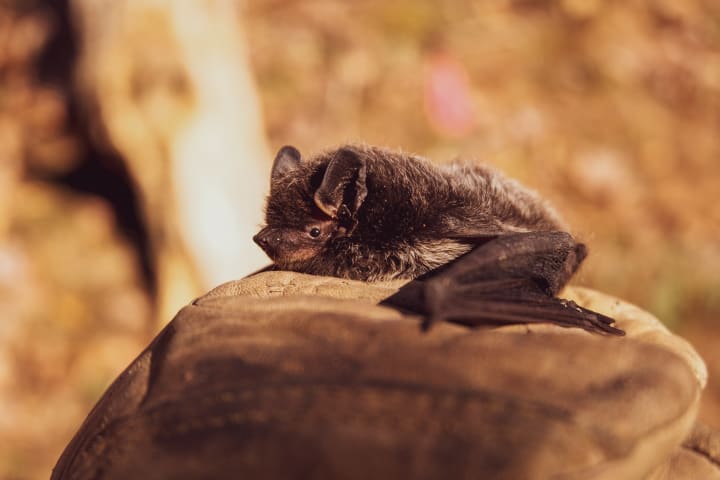
Bats possess the remarkable ability to fly and navigate in full darkness using echolocation. By producing high-frequency noises and interpreting the echoes, they can detect things, avoid barriers, and find prey with astounding precision, making them outstanding nighttime hunters.
• Echolocation: Bats make high-frequency noises, often above the range of human hearing, and listen to the echoes that bounce back from objects in their surroundings. By studying the timing and strength of these echoes, bats can correctly assess the distance, size, and form of things around them.
• Adapted hearing: Bats have adapted ears capable of detecting and processing high-frequency noises. They can hear minute variations in the echoes, helping them to navigate across complicated settings, spot obstacles, and detect the motions of prey with extraordinary accuracy.
• Flight maneuverability: Bats are the only animals capable of prolonged flight. They have acquired flexible wings and powerful flying muscles that allow them to undertake sophisticated aerial acrobatics. This mobility, paired with their echolocation ability, helps them to traverse through thick woods, caverns, and other hard settings.
• Insectivorous hunting: Bats typically eat on insects, and their echolocation abilities play a significant part in hunting. By properly sensing and following the motions of insects, bats may intercept and catch their prey mid-flight, exhibiting exceptional airborne hunting skills.
• Nocturnal adaptation: Bats are typically nocturnal species, and their echolocation and flying skills have developed as adaptations to this lifestyle. By utilising echolocation to locate and hunt in the dark, bats have effectively filled a niche where few other species can compete.
9.Archerfish: Accurate Water Jet
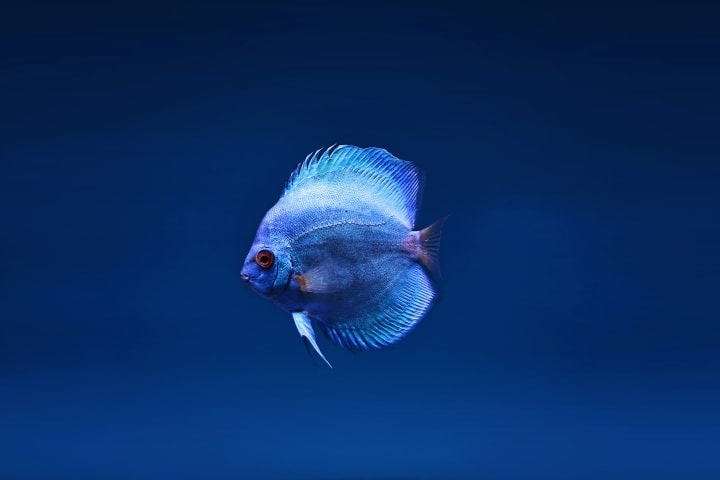
Archerfish have an incredible skill for correctly blasting jets of water to grab prey. They can carefully aim and discharge water at insects resting on overhanging leaves, knocking them into the water where they may be readily devoured. This exceptional talent involves a mix of excellent eyesight and exact muscle control.
• Vision and target detection: Archerfish have good vision and can properly recognise insects lying on plants above the water's surface. They have the capacity to discern the location, size, and form of their prey with astonishing accuracy.
• Water propulsion: Archerfish can blast a jet of water from their mouth with incredible power and precision. They utilise their extremely developed mouthparts to build a small tube and release the water in a precise stream towards the target.
• Compensation for refraction: When firing water at a target above the water's surface, archerfish must correct for the refraction of light at the air-water interface. They have the capacity to change their aim to account for this refraction, ensuring that the water jet hits the targeted target properly.
• Distance estimation: Archerfish can measure the distance to their target and change the force and trajectory of their water jet appropriately. This talent enables them to properly aim and blast the water jet at the exact distance to knock the bug into the water.
• Skill refinement: Archerfish improve their shooting talents via practice and experience. They learn to change their aim, timing, and force depending on input from prior efforts, refining their precision and efficiency in catching prey.
10.Migratory Birds: Long-Distance Navigation
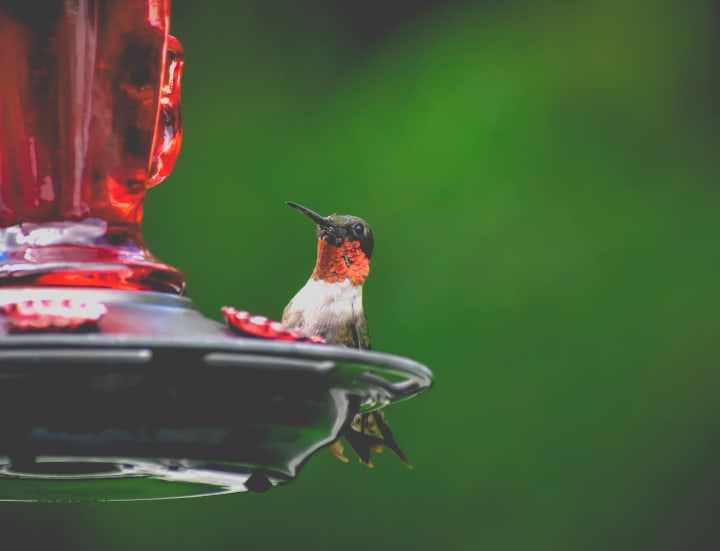
Many bird species undergo amazing long-distance migrations, typically flying thousands of kilometres to reach their breeding or wintering sites. These birds exhibit a variety of navigational skills, including the utilisation of astronomical cues, magnetic fields, and landmarks, enabling them to make these extraordinary travels
• Celestial navigation: Migratory birds may utilise celestial cues, such as the location of the sun and stars, to orient themselves and maintain a precise direction throughout their flight. They can detect and understand small changes in celestial patterns, helping them to navigate properly even during cloudy or gloomy weather.
• Magnetic field detection: Birds have specific magnetoreceptive cells that allow them to perceive the Earth's magnetic field. This skill, along with an internal compass, enables them travel along magnetic gradients and calculate their location relative to their target.
• Visual landmarks: Migratory birds may perceive and recall crucial visual features throughout their migratory pathways. They utilise geographical features such as coastlines, mountain ranges, or rivers as reference points to maintain their course and make required modifications to their flight route.
• Environmental cues: Birds may also depend on environmental cues, such as wind patterns, temperature gradients, and air currents, to help their navigation. They can identify favorable breezes that enhance their flight and pick best paths to preserve energy during long-distance flights.
• Inherited knowledge: Migratory behavior and navigational ability are generally intrinsic in birds, handed down through generations. Young birds learn from experienced adults and inherit knowledge about migratory routes and stopover spots, enabling them to perform their first journey successfully.
Overall, the exceptional navigational skills of migrating birds utilise a mix of astronomical signals, magnetic fields, visual landmarks, environmental clues, and intrinsic behaviors. These modifications allow them to execute laborious long-distance migrations and reach their breeding or wintering habitats with astounding accuracy.
Conclusion:
The animal world is packed with awe-inspiring skills that reflect the enormous variety of life on Earth. From the amazing strength of ants to the complex communication capabilities of honeybees, these astounding talents highlight the interesting adaptations and evolution that have taken place across the animal world.
About the Creator
Swetha Suresh
Myself Swetha,a talented and passionate content writer, specializing in creating compelling and engaging written material.
Please take the time to leave a comment on my stories, so I can repay u by visit your page!





Comments
There are no comments for this story
Be the first to respond and start the conversation.